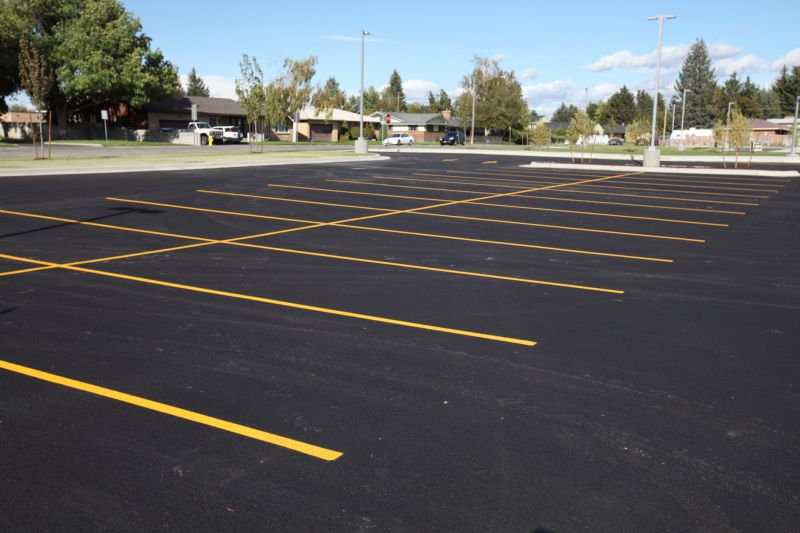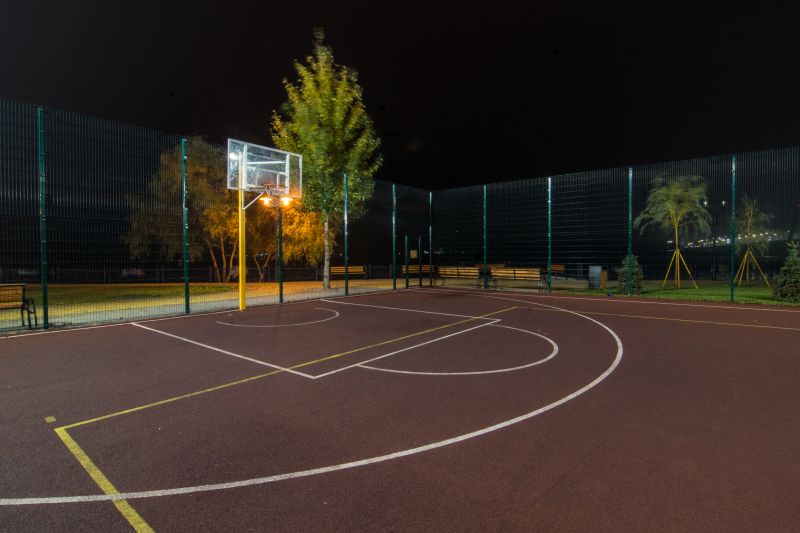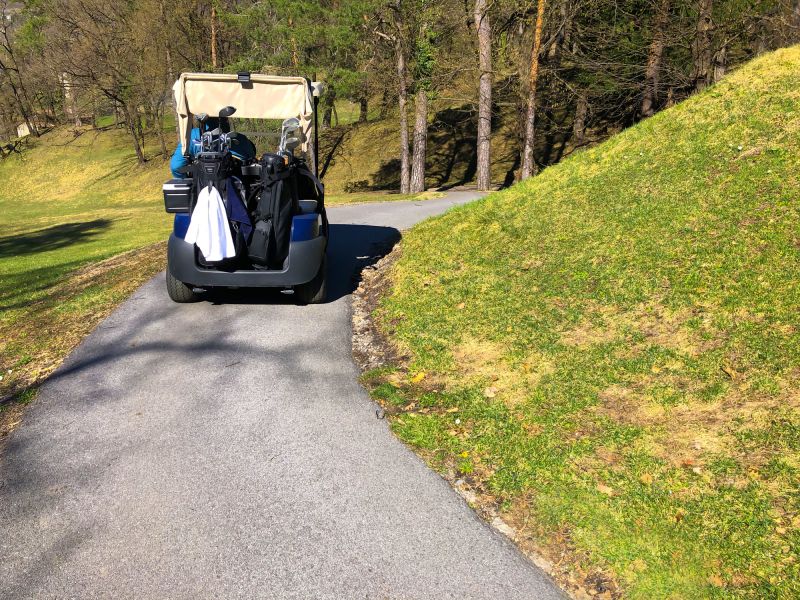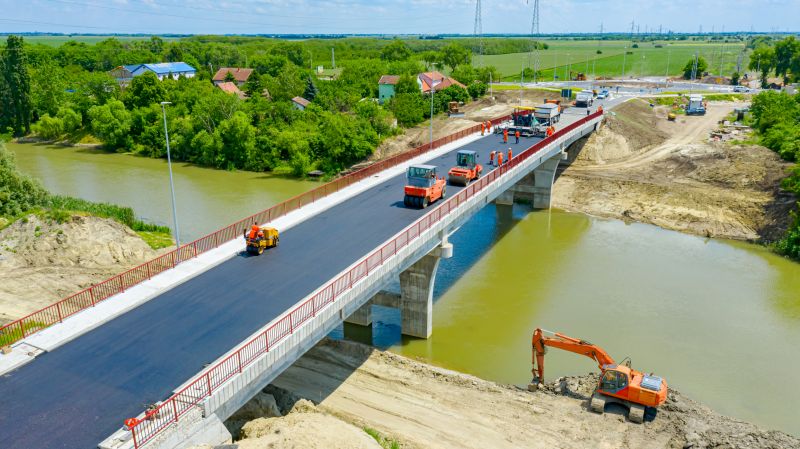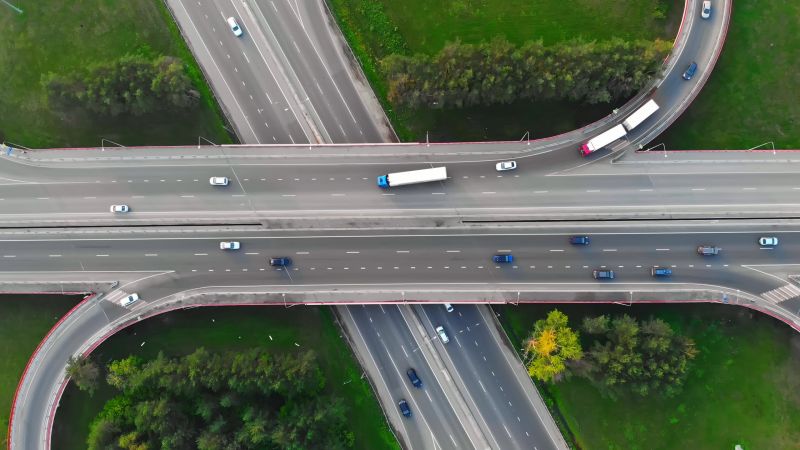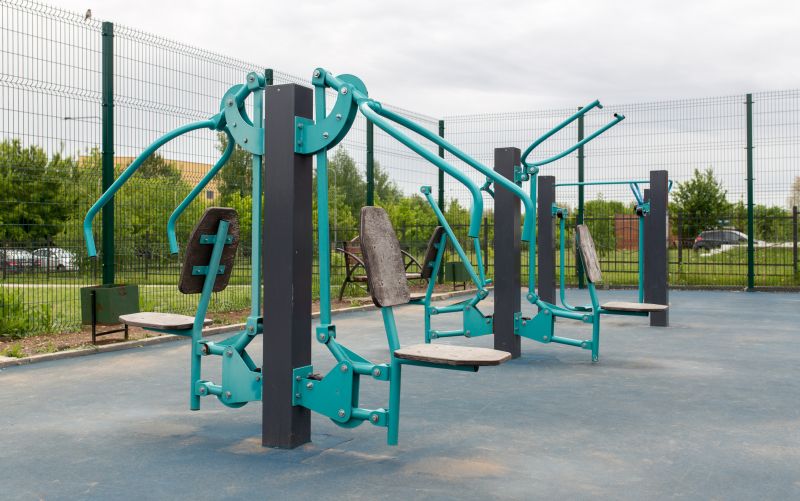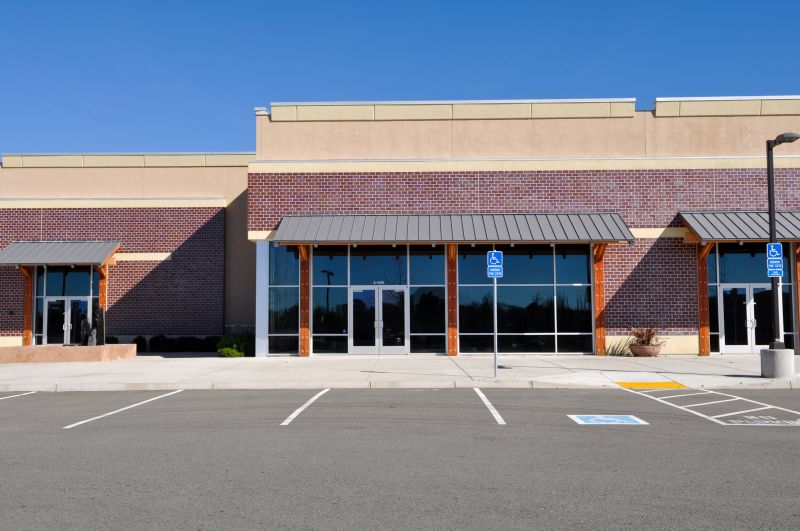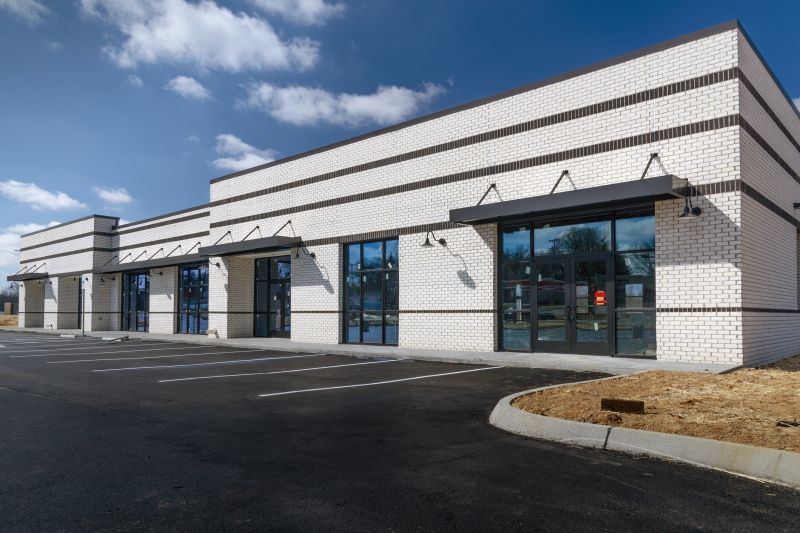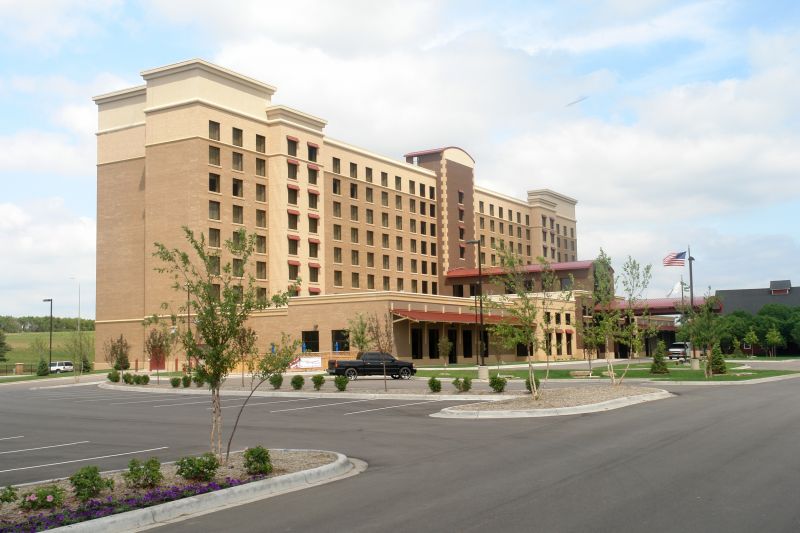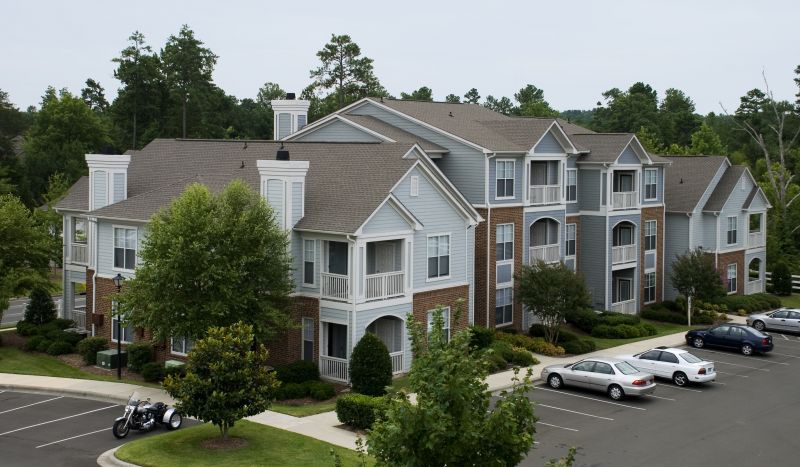Hospital Parking Lot Paving | How To
How to Do Hospital Parking Lot Paving
Step 1: Assess the Parking Lot
The first step in hospital parking lot paving is to assess the current condition of the parking lot. Look for any cracks, potholes, or other damage that needs to be repaired before starting the paving process.
Step 2: Clean the Surface
Before applying new pavement, it is important to thoroughly clean the surface of the parking lot. Remove any debris, dirt, or loose materials using a broom or power washer.
Step 3: Repair Any Damage
Next, address any existing damage by repairing cracks, potholes, or uneven areas. Fill cracks with crack filler, patch potholes with asphalt patching material, and level any uneven areas with a leveling compound.
Step 4: Apply a Bonding Agent
To ensure proper adhesion between the existing surface and the new pavement, apply a bonding agent. This will help the new asphalt layer bond securely to the old surface.
Step 5: Lay the Asphalt
Now it's time to lay the new asphalt. Start by pouring the asphalt mixture onto the parking lot surface, then spread it evenly using a paving machine or a hand tool. Make sure the thickness of the asphalt layer meets the required specifications.
Step 6: Compact the Asphalt
After the asphalt has been laid, use a roller compactor to compact the surface. This will ensure a smooth and even finish, as well as improve the durability of the pavement.
Step 7: Allow for Curing
Once the asphalt has been compacted, allow it to cure for the recommended time. This will vary depending on the weather conditions and the type of asphalt used. Avoid driving or parking on the newly paved surface during this curing period.
Step 8: Mark Parking Spaces and Traffic Flow
Finally, mark the parking spaces and traffic flow on the newly paved parking lot. Use paint or thermoplastic markings to clearly indicate parking spaces, directional arrows, and any other necessary signage.
By following these steps, you can successfully pave a hospital parking lot, ensuring a safe and well-maintained area for patients, visitors, and staff.




